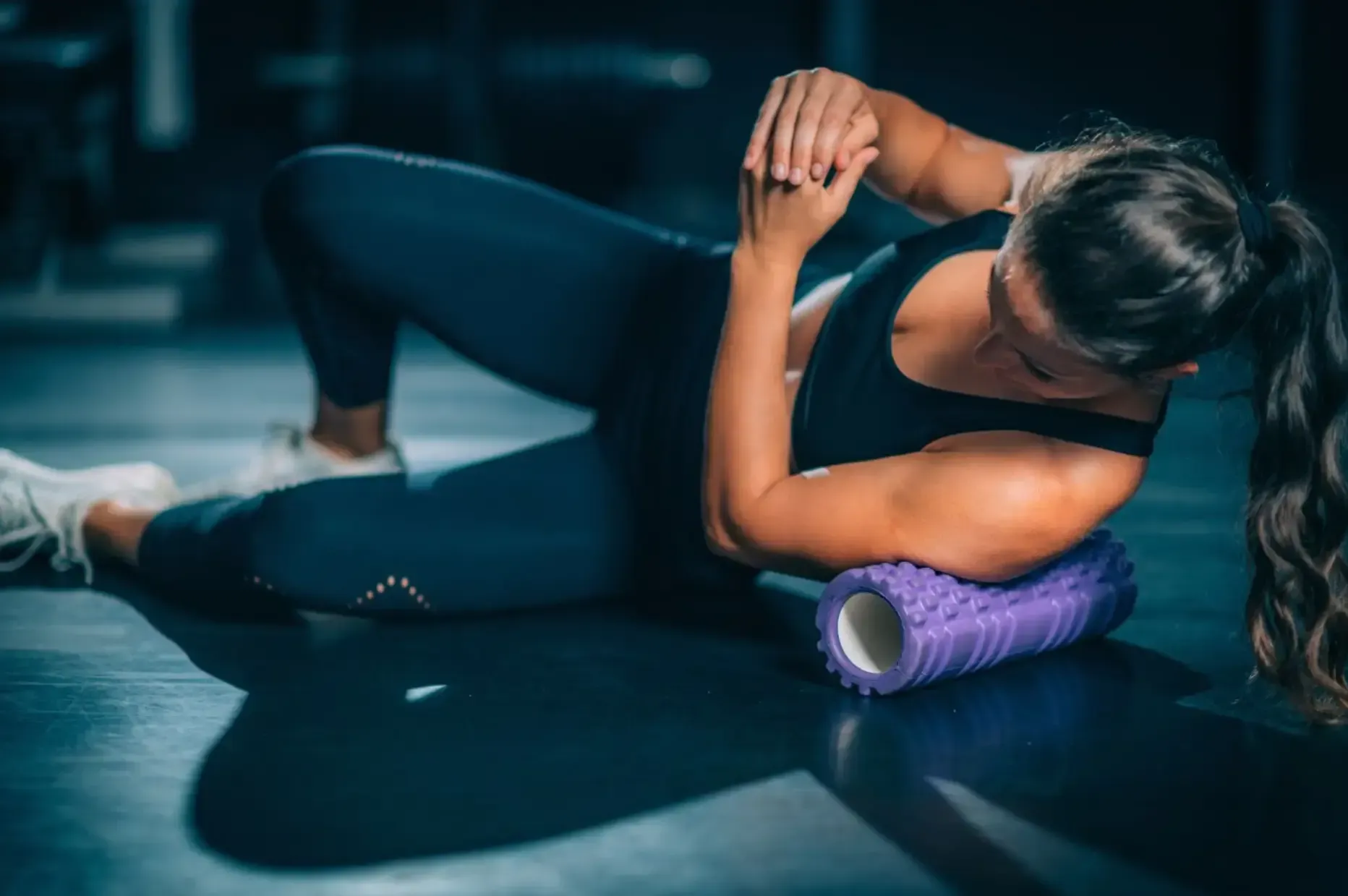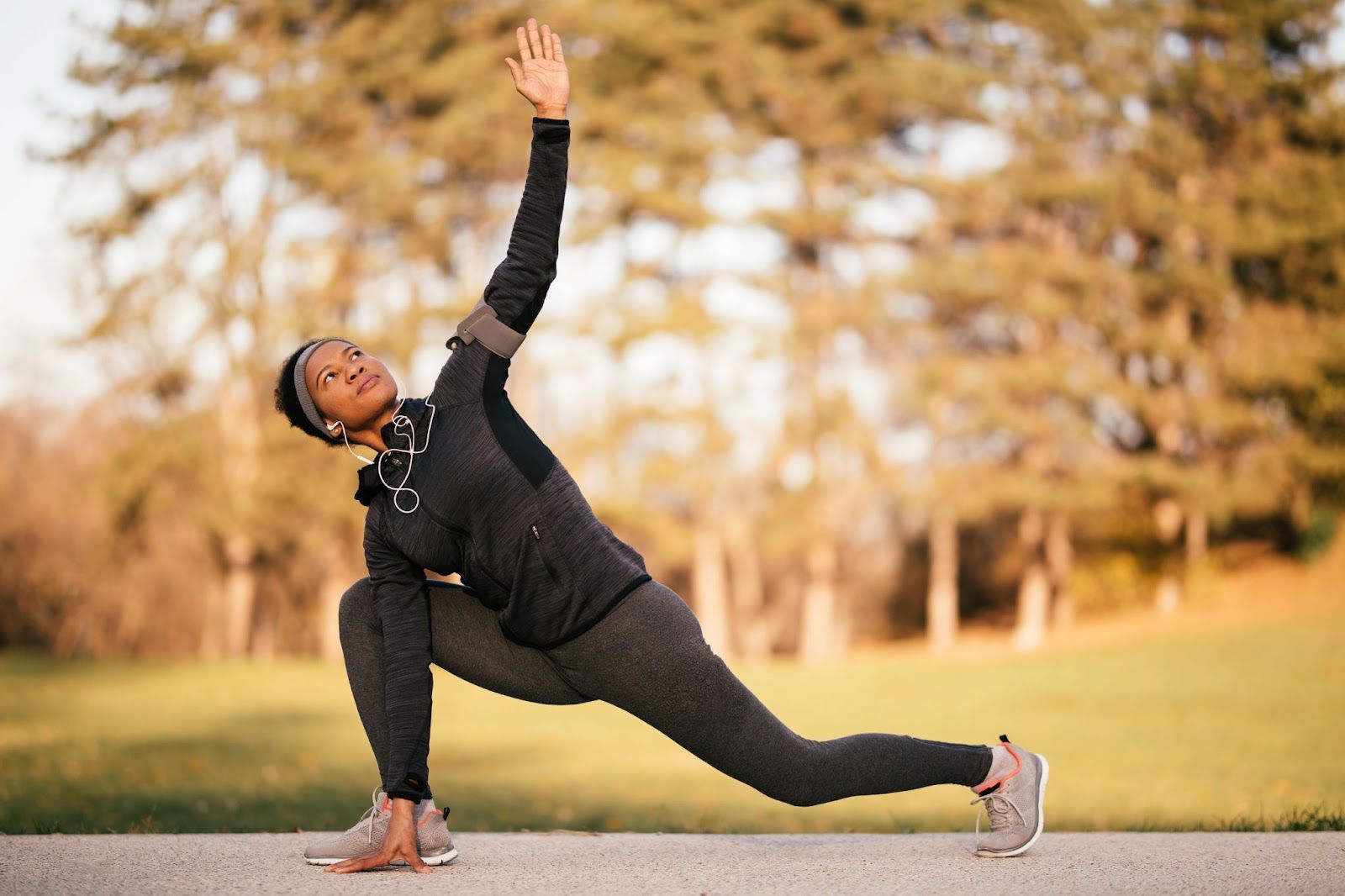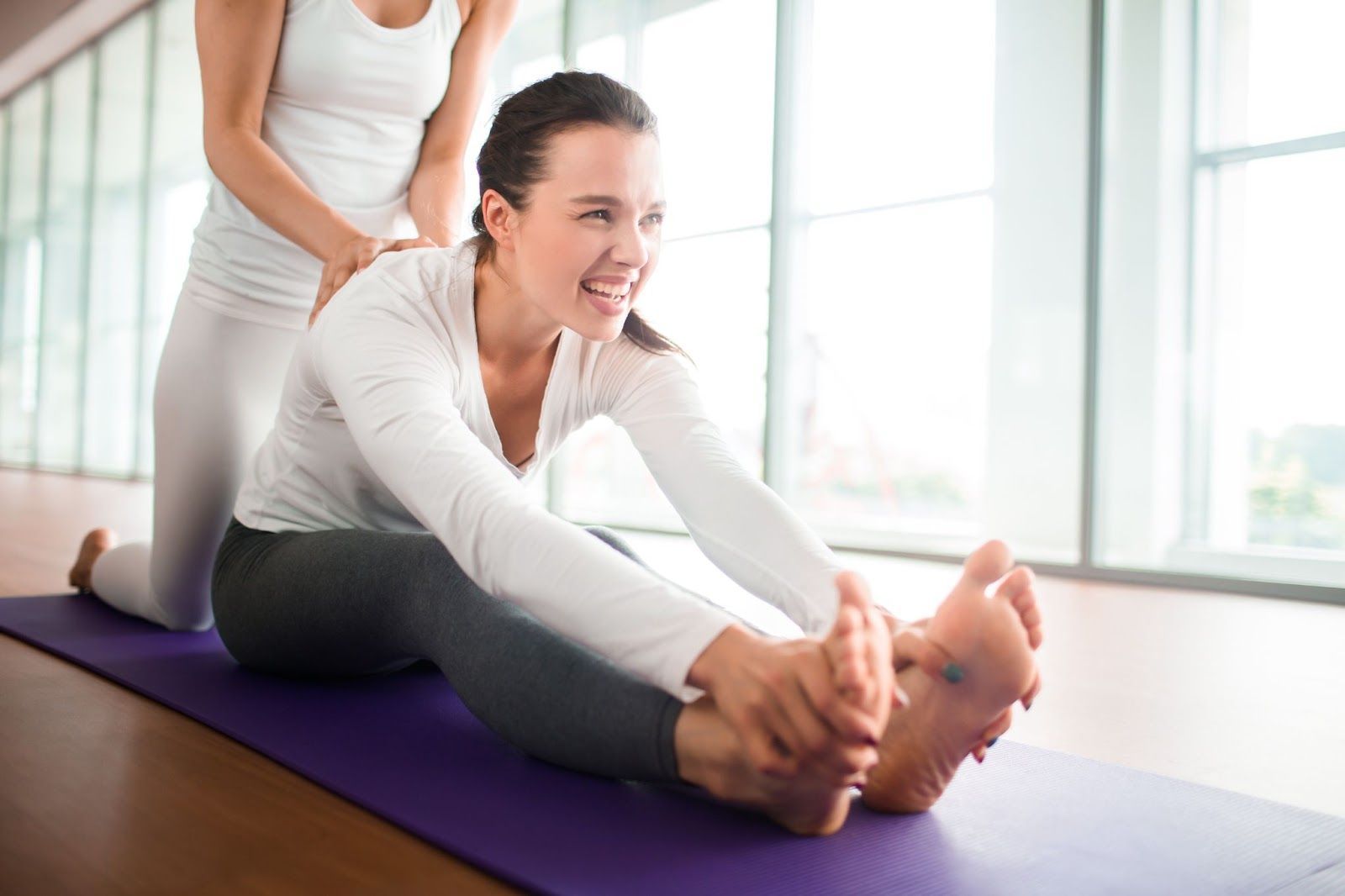Call us at (909) 674-0071
The Do's and Don'ts of Foam Rolling: Avoiding Common Mistakes
Foam rolling has become a staple in fitness routines worldwide, praised for its ability to alleviate muscle tightness, improve flexibility, and enhance recovery. This technique also stimulates blood flow to the targeted muscles, promoting quicker healing and reducing the likelihood of injury. Regular use of a foam roller can even improve athletic performance by maintaining muscle integrity and range of motion.
What Is Foam Rolling?
Foam rolling, also known as self-myofascial release, is a form of self-massage that utilizes a cylindrical tool typically made of foam, though other materials such as rubber or plastic may also be used.
The cylindrical tool called a foam roller, is used to apply pressure to specific points on the body to release muscle tension, improve flexibility, and alleviate muscle soreness.
The Foam Rolling Technique
The technique involves lying or sitting on the foam roller and using body weight to apply pressure to targeted muscle groups.
By rolling back and forth over these muscle groups, individuals can help break up adhesions and knots within the muscle tissue, known as trigger points, which can develop due to factors such as overuse, injury, or poor posture.
How Foam Rolling Works
Foam rolling works by targeting the fascia, a connective tissue that surrounds muscles, bones, and joints throughout the body. When the fascia becomes tight or restricted, it can cause discomfort, limited range of motion, and decreased flexibility.
Foam rolling helps to release tension in the fascia, allowing muscles to move more freely and effectively.
Benefits of Foam Rolling
Improved Flexibility
By releasing tension in the muscles and fascia, foam rolling can help improve flexibility and range of motion, making movements more fluid and efficient.
Reduced Muscle Soreness: Foam rolling can help alleviate muscle soreness and stiffness following intense exercise or physical activity by promoting blood flow to the muscles and facilitating the removal of metabolic waste products.
Enhanced Recovery
Incorporating foam rolling into a post-workout routine can aid in the recovery process by promoting muscle relaxation and reducing inflammation, allowing for faster recovery between workouts.
Prevention of Injury
Regular foam rolling can help prevent injuries by addressing muscle imbalances, improving mobility, and reducing the risk of overuse injuries caused by tight or restricted muscles.
Foam rolling can be performed on various muscle groups throughout the body, including the calves, quadriceps, hamstrings, glutes, back, and shoulders.
Foam Rolling Do's and Don'ts
While foam rolling can provide numerous benefits, it's essential to use proper technique and avoid common mistakes to maximize effectiveness and minimize the risk of injury.
Despite its popularity, many individuals make common mistakes when incorporating foam rolling into their exercise regimen.
These errors can hinder progress, increase the risk of injury, and diminish the effectiveness of the practice. To maximize the benefits of foam rolling while minimizing potential drawbacks, it's crucial to understand the do's and don'ts of this self-myofascial release technique.
How to Properly Use a Foam Roller
Warm-Up Before Rolling
Before foam rolling, engage in a brief warm-up session to increase blood flow to the muscles and prepare them for release. This can include light cardiovascular exercises such as jogging or cycling, or dynamic stretches targeting the major muscle groups.
Use Proper Technique
Maintain proper form and technique throughout the foam rolling session. Apply steady, controlled pressure to the target muscle group, rolling back and forth slowly to identify areas of tension or discomfort.
Focus on Trigger Points
Identify and target specific trigger points or areas of tightness within the muscle tissue. Spend extra time rolling over these points to release tension and improve mobility.
Breathe and Relax
Focus on deep breathing and relaxation while foam rolling. Avoid holding your breath or tensing up, as this can increase muscle tension and inhibit the effectiveness of the technique.
Gradually Increase Pressure
Start with light to moderate pressure when foam rolling, gradually increasing intensity as tolerated. Listen to your body and adjust the pressure accordingly, avoiding excessive force that could cause discomfort or injury.
Roll Both Sides Equally
Ensure you roll both sides of the body evenly to maintain balance and symmetry. Neglecting one side can lead to muscular imbalances and potential injury over time.
Incorporate Variety
Experiment with different foam rolling techniques and tools, such as foam rollers of varying densities, massage balls, or handheld rollers. This can help target different muscle groups and provide a more comprehensive release.
Hydrate and Recover
Drink plenty of water before and after foam rolling to stay hydrated and aid in the recovery process. Additionally, incorporate other recovery techniques such as stretching, proper nutrition, and adequate rest to support muscle recovery and growth.
What to Avoid When Using a Foam Roller
Avoid Rolling Over Joints
Refrain from rolling directly over joints, bones, or areas with minimal muscle tissue, as this can cause discomfort and potentially damage underlying structures. Focus on rolling over muscles and soft tissue instead.
Don't Rush
Avoid rushing through foam rolling exercises. Take your time to thoroughly roll each muscle group, allowing sufficient time for release and relaxation.
Don't Overdo It
While some discomfort during foam rolling is normal, avoid excessive pain or discomfort that could indicate tissue damage or injury. If a particular area is too tender, decrease the pressure or switch to a softer foam roller.
Don't Roll Over Bruised or Injured Areas
If you have a bruise or injury, avoid rolling directly over the affected area until it has fully healed. Foam rolling over injured tissue can exacerbate pain and delay the healing process.
Avoid Rolling Too Quickly
Roll slowly and deliberately over each muscle group, avoiding rapid movements or bouncing motions. Rolling too quickly can reduce the effectiveness of the technique and increase the risk of injury.
Don't Neglect Proper Form
Maintain proper posture and alignment while foam rolling to ensure effective targeting of the muscle groups and prevent strain or injury to surrounding structures.
Avoid Foam Rolling Over Nerve Pathways
Be cautious when rolling near nerve pathways or sensitive areas of the body, such as the lower back or neck. Applying excessive pressure to these areas can cause discomfort or nerve irritation.
Don't Substitute Foam Rolling for Dynamic Stretching
While foam rolling can help alleviate muscle tightness, it should not replace dynamic stretching as part of a comprehensive warm-up routine. Incorporate both foam rolling and dynamic stretching to optimize flexibility and mobility.
Reap the Benefits of Foam Rolling
By adhering to these do's and don'ts of foam rolling, individuals can effectively incorporate this beneficial technique into their fitness regimen while minimizing the risk of injury and maximizing results.
Remember to listen to your body, adjust the pressure as needed, and consult with a healthcare professional if you have any concerns or underlying medical conditions.
Visit the
StretchX blog for more tips on how to bring stretching into your daily routine.
Certified Stretch Instructor
Phone: (909) 674-0071
Business Hours: Monday to Friday: 8am - 7pm • Saturday: 7am - 1pm
All Rights Reserved | StretchX





